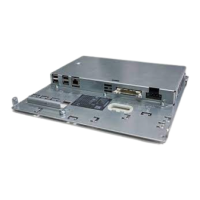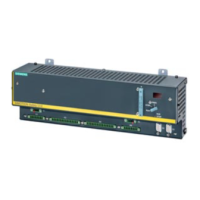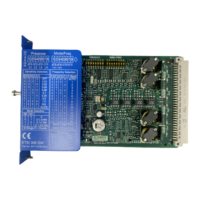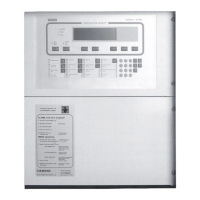Obtaining user authorization
On a TCU that has no user authorization, the first key that is pressed serves exclusively to
request the user authorization, i.e. this key is not evaluated by the operating software.
The settings for the right to veto are stored in file tcu.ini and are only effective if the operating
software is installed on the PCU. At the OP of the TCU, the operating software can be operated
in exactly the same way as an OP directly connected to the PCU.
Note
These operator input sequence steps must only be carried out by qualified personnel!
5.2.5 Example: How to select the behavior of the TCUs during boot up
Example: Distributing boot support across two PCUs
To distribute boot support over two PCUs, "Boot support runtime and configuration only (TFTP/
FTP)" must be selected on PCU_1 and "Boot support IP address only (DHCP)" must be
selected on PCU_2.
The "No boot support" configuration must be selected on PCU_3:
Table 5-1 "TCU support" settings
TCU_1
192.168.214.10
TCU_2
192.168.214.11
TCU_3
192.168.214.12
TCU_4
192.168.214.13
VNC connections:
192.168.214.241
192.168.214.242
192.168.214.243
VNC connections:
192.168.214.241
192.168.214.243
VNC connections:
192.168.214.241
192.168.214.243
VNC connections:
192.168.214.241
192.168.214.242
Switch to system network
PCU_1
192.168.214.241
PCU_2
192.168.214.242
PCU_3
192.168.214.243
Services:
X DHCP
✔ TFTP
✔ FTP
✔ VNC
Services:
✔ DHCP
X TFTP
X FTP
✔ VNC
Services:
X DHCP
X TFTP
X FTP
✔ VNC
Company network
In this case, PCU_2 serves as the DHCP server which provides the IP addresses for the
connected TCUs. PCU_3 is not involved in booting the TCUs, it is however displayed by the
TCUs using VNC.
Networking
5.2 Commissioning TCU
TCU 30.3
44 Manual, 09/2017, A5E40874197

